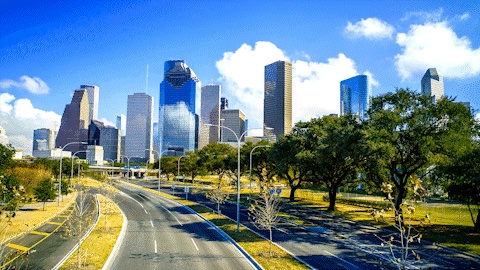Black children with asthma are much less likely to access community health centers to manage it than white children, according to a study released in late March from the National Institutes of Health. What’s stopping them from getting help? Long-term structural racism.
“These children may have been affected by greater financial instability, the inability of guardians to take work leave or fill prescriptions leading to lower primary care usage, and increased exacerbations that could require emergency care,” the National Institutes of Health (NIH) said in a press release. “Eliminating the wealth gap experienced by many Black Americans may improve asthma outcomes for this population.”
Other research has shown — the NIH also noted — in equally segregated and socially deprived neighborhoods, immigrants have better health outcomes, including more use of primary care, than non-immigrant Black people. They suggest racism could be an issue affecting health outcomes for Black people.
“This contrast suggests that the effects of long-term structural racism may have influenced the findings in this study,” NIH said.
Previous research has confirmed that structural racism leads to Black people breathing more polluted air. The New York Times reported on a Fall 2021 study that found “Black Americans are exposed to more pollution from every type of source, including industry, agriculture, all manner of vehicles, construction, residential sources and even emissions from restaurants.” Given that, it’s no wonder that asthma — a lung disease in which a person’s airways become inflamed — is a widespread health issue in the Black community.
13.4% of Black children, in particular, carry the disease compared to 7.3% of white children. In 2018, Black children also had a death rate eight times higher than white children and were five times more likely to be admitted to the hospital the year before, the U.S. Department of Health and Human Services Office of Minority Health reported.
Eliminating the wealth gap experienced by many Black Americans may improve asthma outcomes for this population.
NATIONAL INSTITUTES OF HEALTH
While the numbers are high, Black children are less likely to access healthcare to manage the disease, a seven-year study conducted across 18 states by the National Institute on Minority Health and Health Disparities (NIMHD) revealed.
Of the 41,276 children with asthma, 54% of Black children had fewer than the minimum standard of two annual community health center visits. For white and Spanish-preferring Latino children, the results were 49.2% and 30.1%, respectively.
Researchers found that most children affected by asthma in the study experienced a wealth gap, but Black children did more than others. Seven in 10 (73%) of the Black children lived in households that were below 138% of the federal poverty level. However, for white children, that number was 54%, and for Latino children, 58%.
“The findings from this research underscore the multi-faceted nature of minority health and health disparities. There are multiple social factors and levels of influence that can impact health behavior within a population with the same diagnosis, and these must be explored to better understand and address health disparities,” National Institute on Minority Health and Health Disparities Director (NIMHD) Eliseo J. Pérez-Stable, M.D. said.
-This article was written by Alexa Spencer / Word in Black











